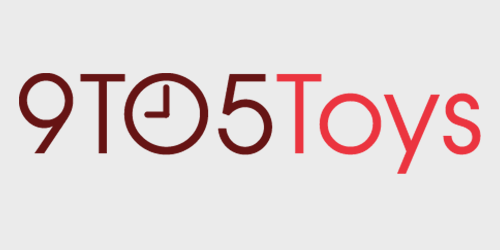The battle for your music streaming money continues to heat up. Today, a Norweigan based company named Tidal has announced that it will go head-to-head with Spotify, Beats Music and others in the music streaming space.
Tidal features audiophile quality streaming with a very large library of songs. However, the reality is that for most music listeners, the difference will come down to price.
Tidal will begin its service with a monthly charge of $19.99 a month, which falls in line with Deezer but is more than double that of Spotify.
The big difference though? High-quality, audiophile streaming of millions of tracks from well known artists around the world. We’ve seen this before from Deezer, another newcomer promising top-notch quality streaming, although its initial launch in the US is only available for SONOS users.
Both offer streaming of 16-bit FLAC audio at roughly 1400Kbps, which is a higher level of quality than Spotify offers (320 Kbps). Deezer boasts a library of 35 million titles, while Tidal offers around 25 million although they claim more will be coming as the service develops. Another nice bonus feature of Tidal is that it will offer roughly 75,000 high definition music videos as a part of its service. Initially, streaming of music via Tidal will be available on iOS and Android devices, as well through most modern internet browsers. Tidal will also add its services to SONOS, Denon’s Heos and Harman-Karmon’s Omni devices in the future.
Music quality in general has seen a slow decline over the last 20 years as digital music has become more popular. A big piece of that is the amount of storage available on most devices, which has encouraged users to rip their music at a lower quality rate to fit more on their iPod or the like. The reality is that high-quality music in a lossless format allows for users to experience their favorite band in a way unlike ever before. We’ve covered high-quality audio devices in the past and they can make all the difference when enjoying music in the comfort of your home.
While the AirPort Express offers the ease of streaming via a simple 3.5mm jack on a router, it loses quality in the process. A product such as the Myro:Air is built to bridge the gap between high-quality audio the and the convenience of AirPlay.
Additionally, having a pair of headphones that are properly tuned and designed for audio is key as well. For example, listening to music through a pair of open-air headphones is going to sound much different than the closed back headphones from Beats. We have covered Grado headphones in the past, and would recommend checking out the highly-rated SR80e’s. Coupling a well-designed set of headphones with high bit-rate audio can make for an eye-opening listening experience.
You’ve never listened to your favorite artist until you have heard it at 1,400 kbps with a pair of @Grado GS 1000e’s
— Trevor Daugherty (@trevorjd14) October 23, 2014
Back to the source of your audio, there are a number of options currently available in the marketplace. It simply lies in the hands of the consumer to decide what they value most. Here is a comparative chart of Tidal, Deezer, Spotify and others.
| Service | Catalog Size | Streaming Quality | Devices | Price |
| Tidal | 25 million | 16-bit, 1,411Kbps | iOS, Android, Web | $19.99/month |
| Deezer | 35 million | 16-bit, 1,411Kbps | SONOS | $19.99/month |
| iTunes Radio | 26 million | 256Kbps | iOS, OS X, Windows | $25/year |
| Pandora | 1 million | 192Kbps | iOS, Android, more | $4.99/month |
| Beats Music | 20 million | 320Kbps | iOS, Android, more | $9.99/month |
| Spotify | 20 million | 320Kbps | iOS, Android, more | $9.99/month |
The deciding factors for music listeners are typically price and availability, with audio quality being a distance third for most. This is where Spotify reigns supreme, with a monthly rate that is 50% less than Deezer and Tidal, as well as streaming across all major devices. Not to be forgotten, Beats Music has long been critically acclaimed for its curation of playlists as well as its “what am I in the mood for” music selection system.
An important piece of the puzzle to remember with these streaming services: utilizing high-quality audio will eat through your data allotment much quicker. Even streaming at 320Kbps with Spotify will do so faster than at 128Kbps. This is something to keep in mind when looking at whether or not you’ll be streaming much on the go via a cellular connection.
Certainly, there are plenty of options available on the marketplace. Competition is always a good thing for the consumer, and if audiophile quality music is becoming more of a want that will only help strengthen the options available.
FTC: 9to5Toys is reader supported, we may earn income on affiliate links
Subscribe to the 9to5Toys YouTube Channel for all of the latest videos, reviews, and more!
